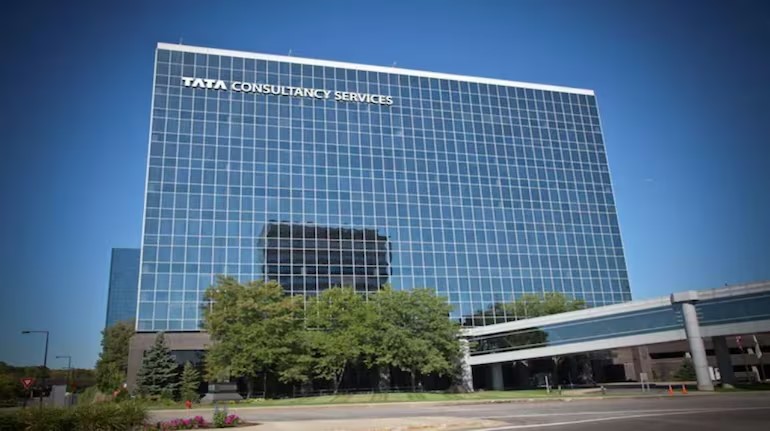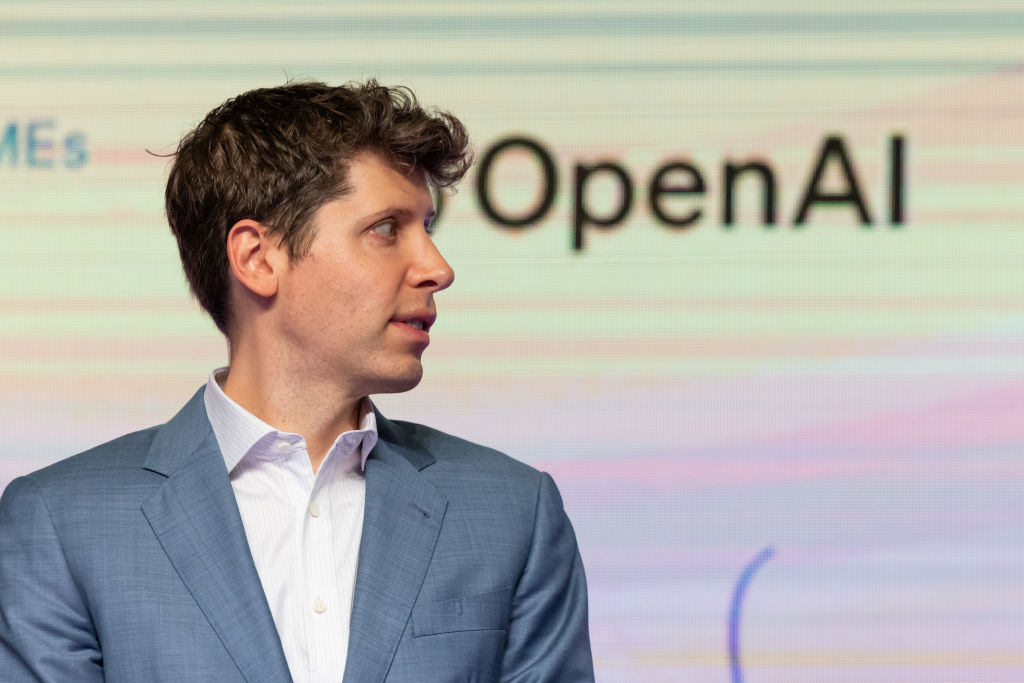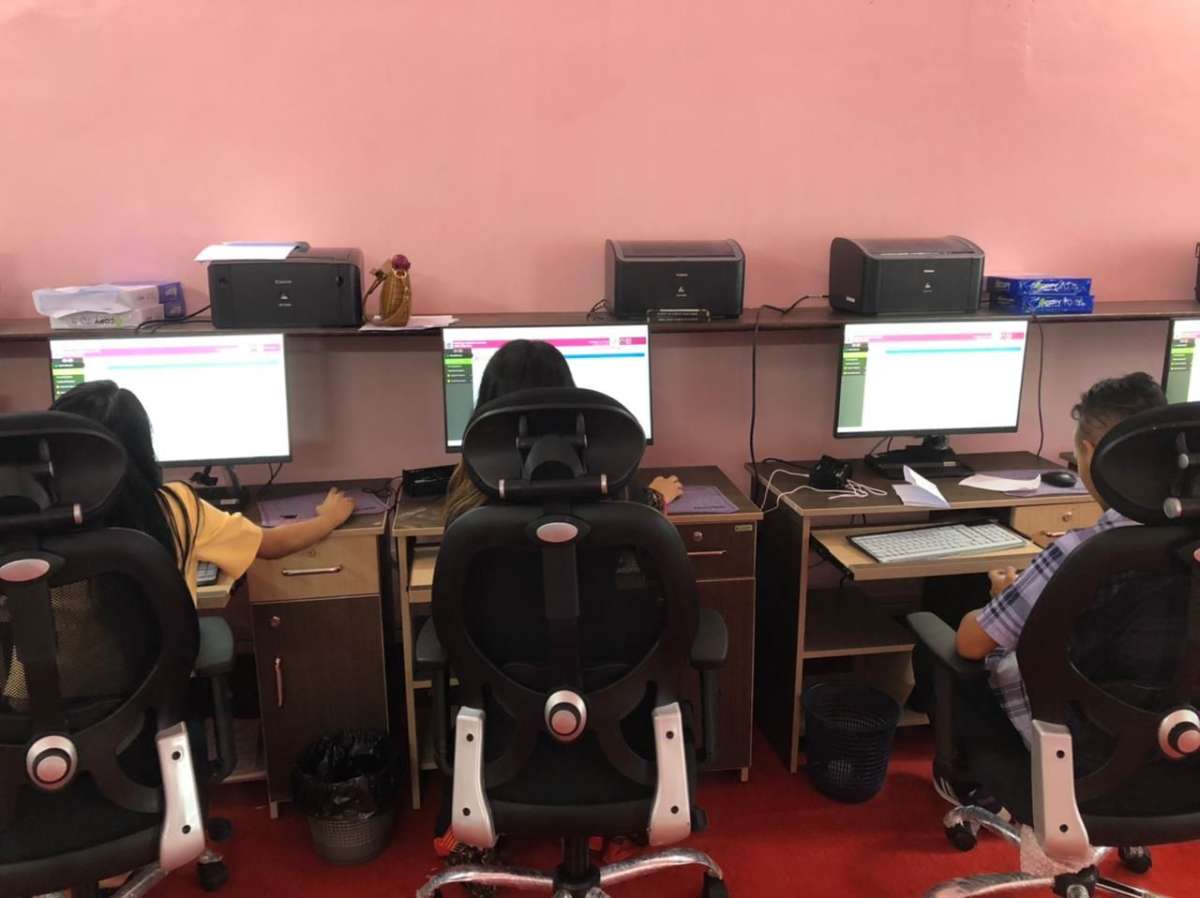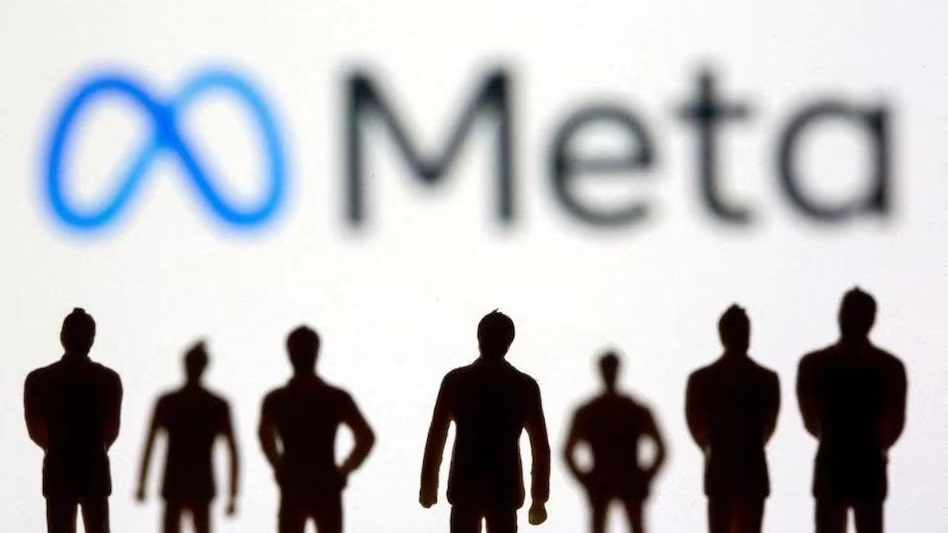To accelerate its customers’ journeys, TCS has invested in foundation training of over 100,000 employees on generative AI….reports Asian Lite News
Tata Consultancy Services (TCS) on Monday said it has launched new generative AI practice in collaboration with Amazon Web Services (AWS) to help customers harness the full potential of generative AI and transform their operations.
To accelerate its customers’ journeys, TCS has invested in foundation training of over 100,000 employees on generative AI. It is now focused on deepening their expertise further, including certification of over 25,000 employees on the AWS generative AI services.
“Drawing from all the investments we have made in building deep capabilities in generative AI, our strong partnership with AWS, and contextual knowledge of our customers’ businesses, we help them take a comprehensive approach to realize the true potential of generative AI to drive their growth and transformation,” said Krishna Mohan, Deputy Head, TCS AI.Cloud unit.
TCS’ AWS generative AI practice will help enterprises choose and quickly scale the right solutions for their unique business needs and transform their organisations, using AWS’ services such as Amazon Bedrock.
TCS’ consultants will help clients explore the most impactful use-cases in their business context, experiment collaboratively and co-innovate generative AI-powered solutions, said the company.
“AWS has been focused on making AI accessible to companies of all sizes and across industries, and by deepening the AWS and TCS relationship through the TCS generative AI practice, more customers can easily and quickly leverage and benefit from generative AI,” said Vasi Philomin, Vice President of Generative AI, AWS.
Wyndham Hotels & Resorts, the world’s largest hotel franchising company, has extended its strategic partnership with TCS and AWS to manage its digital transformation journey leveraging AWS generative AI services.














